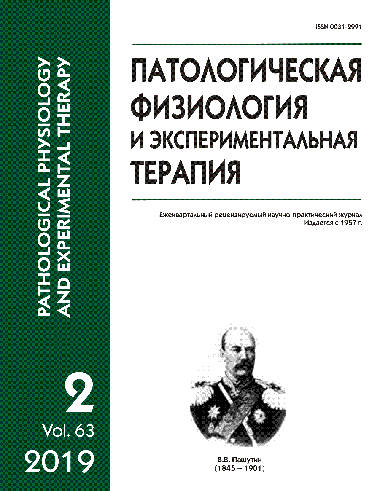An experimental model of peri-implantitis
Keywords:
dental implantation, peri-implantitis, modeling of peri-implantation complications, complications of dental implantation
Abstract
Aim. To present an experimental model of complications following dental implantation (peri-implantitis). Methods. Peri-implantitis was modeled on white rats (n=50) in two steps. At the first step, the first molar was extracted from the left side of the upper jaw. At the second step, the implantation was performed. Non-commercial implants made of pure titanium were used. The animals were divided into two groups. The main group consisted of 25 rats with peri-implantitis modeled by creating instability of the implant position by ligation of the implant neck area with a cotton thread. The comparison group (n=24) consisted of rats with an installed implant without modeling peri-implantitis. Results. A detailed description of the experimental model was provided. The outcome was evaluated at 12 weeks after implantation. In the main group, peri-implantitis developed in 86.4% of rats in the experimental group vs. 17.4% in the comparison group. Conclusion. The suggested method is an effective experimental model of peri-implantitis, which allows studying the pathophysiology of peri-implantitis and evaluating different methods for prevention and treatment of this complication.Downloads
Download data is not yet available.
Published
27-05-2019
How to Cite
Pliukhin D. V., Astashina N. B., Sosnin D. Y., Mudrova O. A. An experimental model of peri-implantitis // Patologicheskaya Fiziologiya i Eksperimental’naya Terapiya (Pathological physiology and experimental therapy). 2019. VOL. 63. № 2. PP. 153–158.
Issue
Section
Methods






